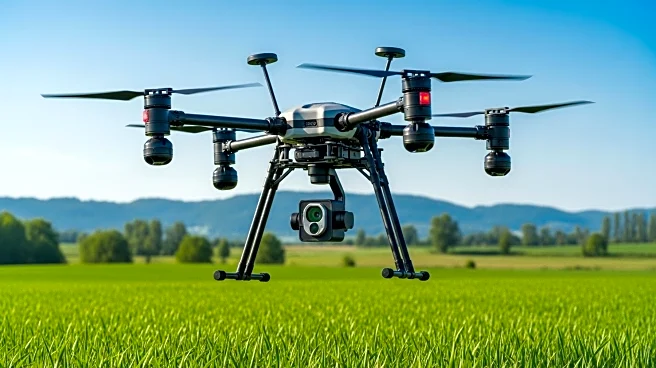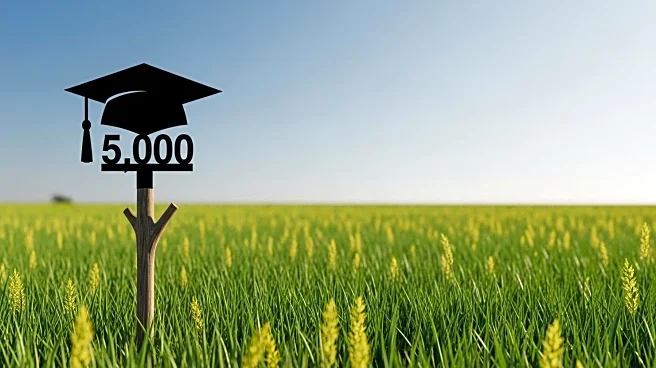What's Happening?
Dr. Alhassan Iddrisu, the Government Statistician, has emphasized the need for significant investment in agricultural infrastructure to maintain Ghana's recent reduction in food inflation. According to the Ghana Statistical Service, the country's inflation rate fell to 9.4% in September, a decrease from 11.5% in August, largely due to lower food prices. Food inflation specifically dropped to 11% from 14.8% the previous month. Dr. Iddrisu highlighted the importance of enhancing irrigation systems, food storage facilities, and transport networks to ensure stable food prices. He noted that investing in irrigation would enable year-round farming, reducing reliance on rainfall. Additionally, improving cold chain and dry storage systems is crucial to minimize post-harvest losses, especially for perishable goods. Reliable transport infrastructure is also essential for efficient supply chains and timely market access.
Why It's Important?
The reduction in food inflation is a significant achievement for Ghana, impacting the overall inflation rate positively. Sustaining this progress is crucial for economic stability and affordability of food staples like yam, cassava, rice, and vegetables. Investment in agricultural infrastructure can lead to more consistent food production and distribution, reducing the risk of inflation spikes due to seasonal changes or supply chain disruptions. This stability is vital for consumers and can enhance food security across the nation. Moreover, improved infrastructure can boost the agricultural sector's productivity, potentially increasing exports and contributing to economic growth.
What's Next?
To maintain the current trend in food inflation, the government may need to prioritize funding and policy initiatives that support agricultural infrastructure development. This could involve partnerships with private sector entities or international organizations to secure the necessary resources. Stakeholders in the agricultural sector, including farmers and distributors, are likely to advocate for these investments to ensure long-term benefits. Monitoring inflation rates and adjusting strategies as needed will be essential to sustain progress. Additionally, public awareness campaigns might be launched to highlight the importance of these investments for national economic health.
Beyond the Headlines
Investing in agricultural infrastructure not only addresses immediate economic concerns but also has broader implications for social and environmental sustainability. Improved irrigation and storage systems can lead to more efficient water use and reduced waste, aligning with global sustainability goals. Furthermore, enhancing transport networks can facilitate better access to rural areas, promoting regional development and reducing urban-rural disparities. These efforts can also foster innovation in agricultural practices, potentially leading to new technologies and methods that further boost productivity and sustainability.











